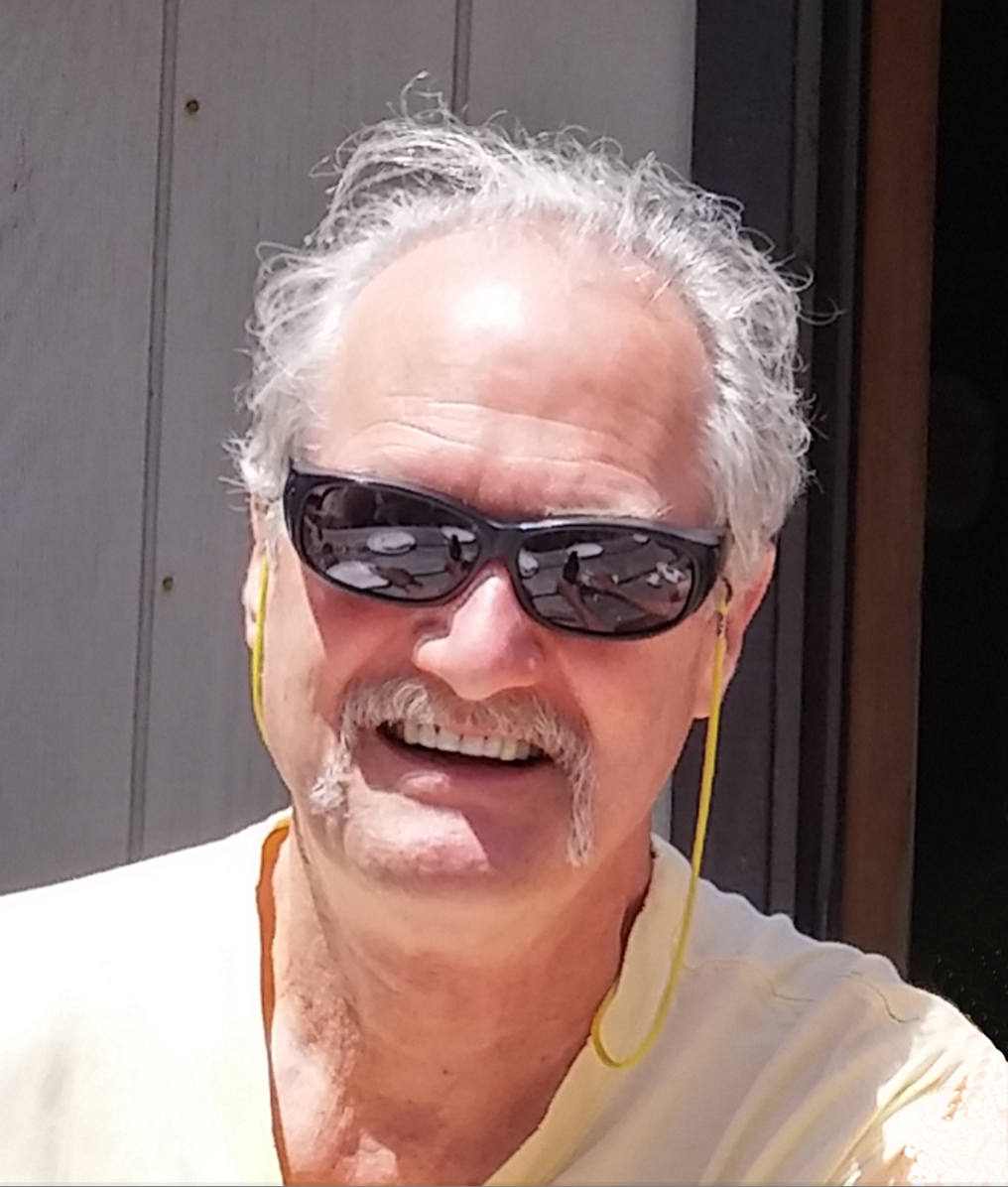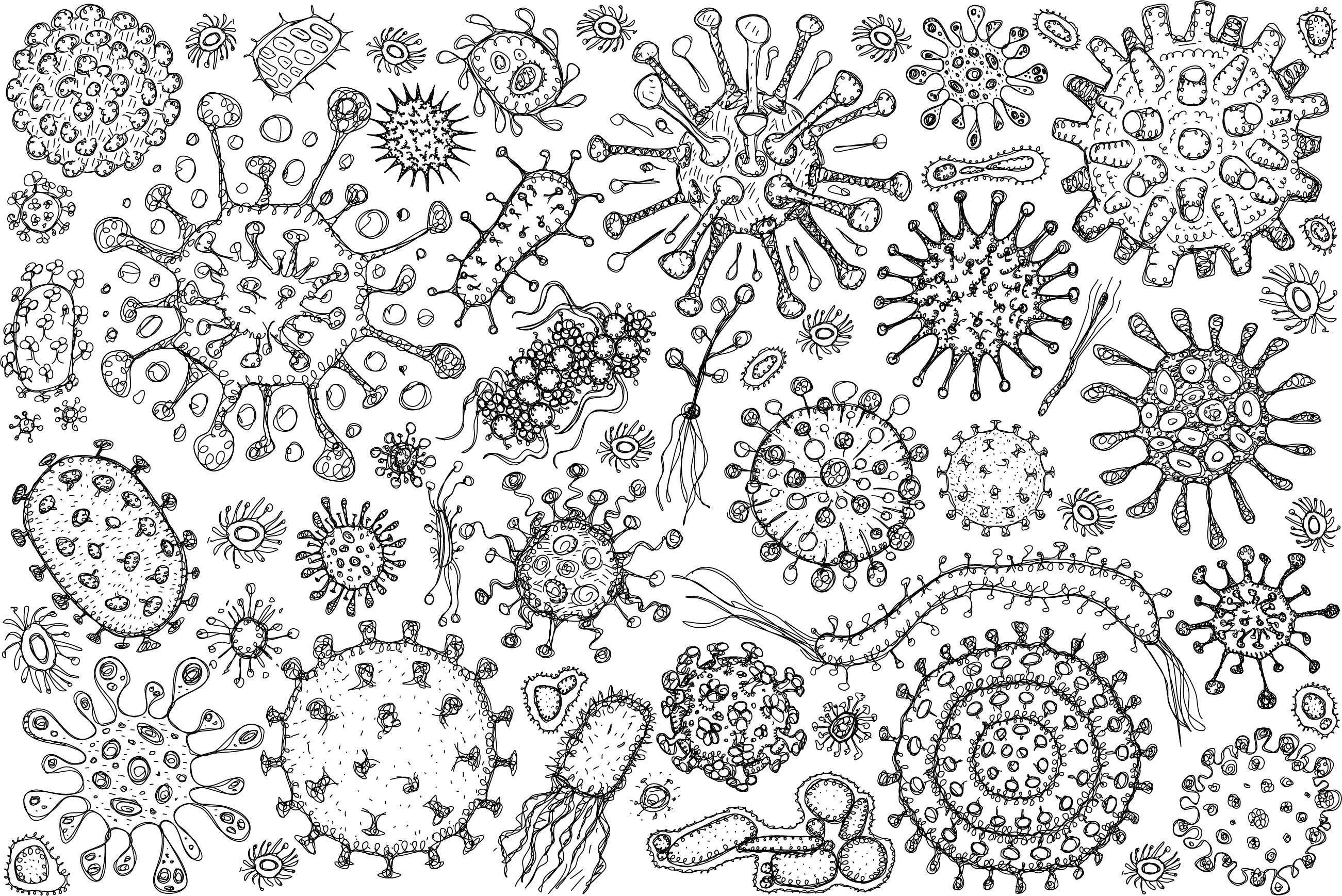
My laboratory's research activities are centered on the general areas of bacterial molecular biology, physiology and genetics, with an emphasis on the regulation of gene expression, and protein structure and function. Some of the techniques used are molecular cloning, gene fusions, site-directed mutagenesis, RNA analyses, and purification of proteins.
Most of the research in my laboratory is on photosynthetic bacteria. These organisms use membrane proteins that bind chlorophylls and other cofactors to capture light energy in the form of photons. In one such protein called the reaction center, the light energy excites chlorophyll electrons, which hop to nearby cofactors that form a chain across the membrane domain of the protein. The chain ends at a quinone where the acquisition of an electron is coupled with the uptake of a proton from the cytoplasm. These protons eventually accumulate outside the cytoplasmic membrane and drive ATP synthesis.
The crystal structures of several photosynthetic reaction centers and light-harvesting complexes have been solved and shown to be highly conserved. We are using this structural information to design site-directed mutagenesis experiments to address questions about how individual proteins bind to each other and to cofactors, and pathways of electron and proton transfer within and between protein complexes. The fundamental information gained from such studies can be used to inform approaches to harness photosynthetic protein electron transfer in applied electrical devices.
In collaboration with others, such as John Madden's group in the Department of Electrical and Computer Engineering, we are investigating the feasibility of using photosynthetic reaction centers in biophotovoltaic devices, in the hopes of creating inexpensive solar cells whose production consumes carbon dioxide. Such solar cells may be able to harvest and store energy in one simple device.
We are investigating the diversity and activities of photosynthetic bacteria in aquatic environments ranging from stratified lakes to deep ocean hydrothermal vents. The genetic potential of such organisms is exploited in synthetic biology approaches to engineer novel combinations of proteins with new light-harvesting properties.
Finally, we are also studying a novel bacteriophage-like genetic exchange element called the "gene transfer agent", or GTA. The production of GTA is controlled by changes in environmental conditions that are sensed by cellular signal transduction systems, which produce a burst of GTA production in the stationary phase of laboratory cultures. Production of GTA is lethal for the individual producing cell, but the percentage of producing cells in a population is strictly limited to about 1%. The bulk of the population differentiates to become competent to acquire DNA carried by GTA, which may change the phenotype of the recipient cell. The nature of the signal(s), and the identities and activities of regulatory factors are of great interest to us.

